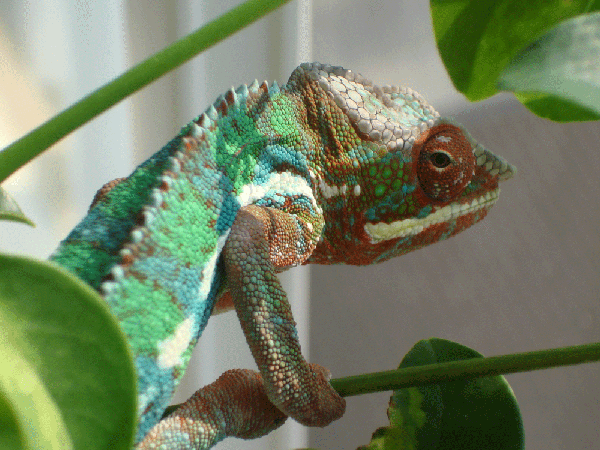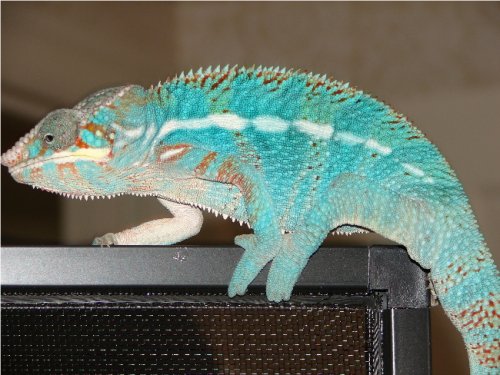Vibrant Chameleons
Avid Member
I have seen a tamatvebilobe, but that thread got deleted and this thread is heading in the similiar direction!
I myself have a Ambanja/Maro or Tamatave cross. He's awesome but he's not a pure bl. I say don't sell something as one thing, when if fact, it could be something else.






